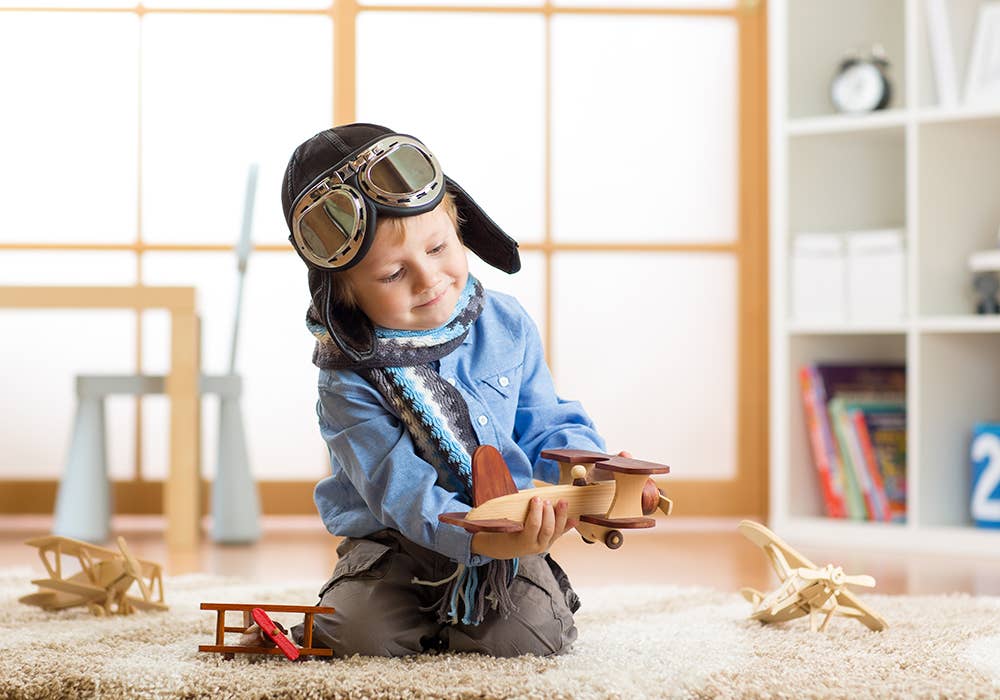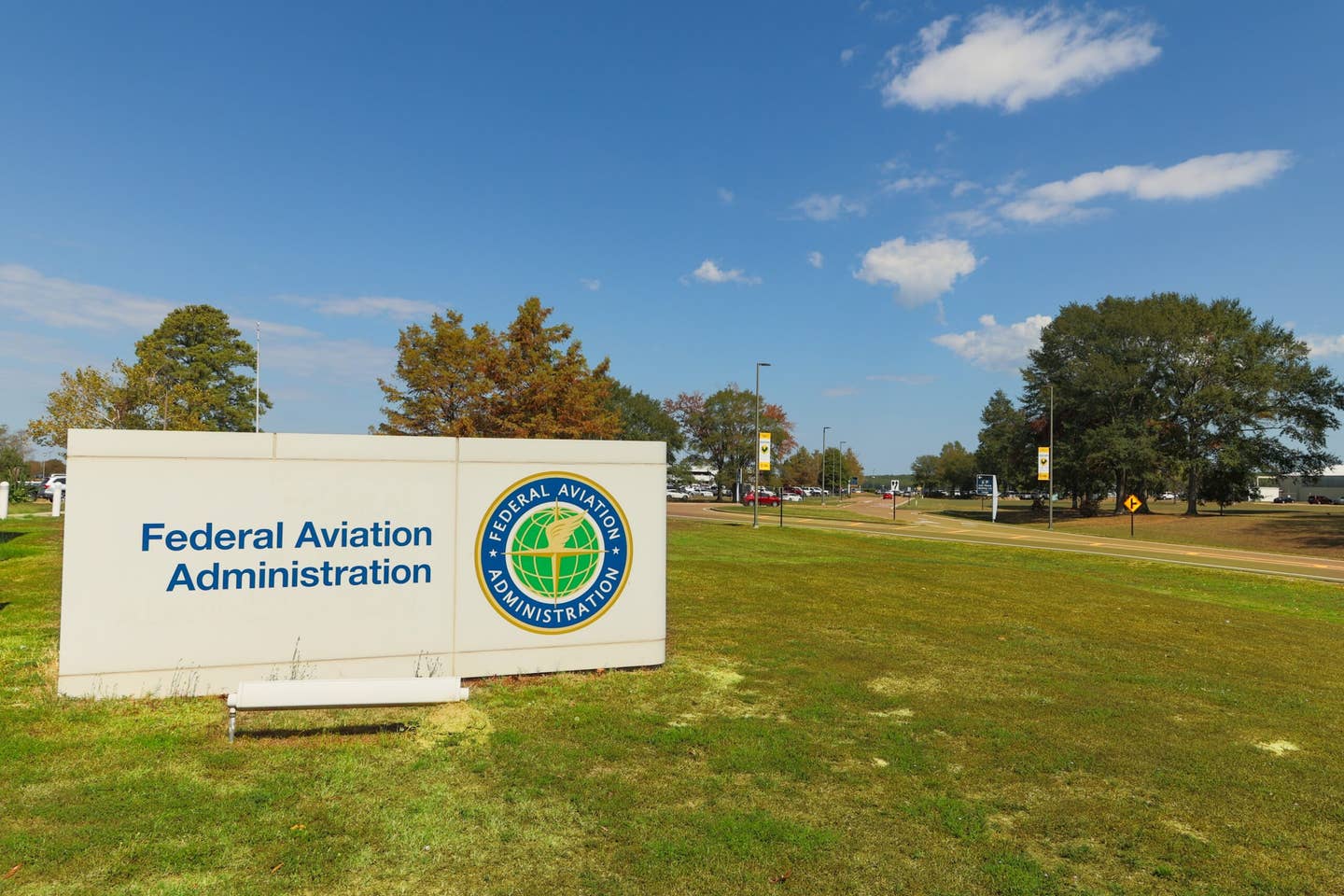How to Introduce Your Child to Aviation
If you are looking for a way to bring future aviators into the fold—or to encourage your child’s interest—there are numerous age-appropriate activities to choose from.

It’s never too early for kids to pick up a love of aviation. Credit: Adobe Stock
How did you become involved in aviation?
Chances are good that you were introduced to it at a young age. Maybe Mom and Dad took you to the airport to watch airplanes. Or perhaps you built models or kites. If you are looking for a way to bring future aviators into the fold—or to encourage your child's interest—there are numerous age-appropriate activities to choose from.
K to 4th Grades
Field trips to the local GA airport are a crowd pleaser. Set the stage for the visit by reading age-appropriate books about aviation before the trip.
At this age the emphasis is on "edutainment," giving the kids something to do. Actually looking at and sitting in a small aircraft is a good game plan. Have the pilot-owners or a representative from the flight school (read: CFI) standing by to answer questions and protect the airplane. For best results, divide the kids into groups of no more than four, with an adult chaperone for each group.
Appropriate hands-on activities for these kids include drawing pictures of airplanes, kite building, and making/flying paper airplanes. Contests also make the activity fun.
5th to 8th Grades
This is a critical age for cultivating interest in aviation, because by the time children get to high school, they are already overloaded with extracurricular activities.
What works well? Tours of an airport, aviation museums, paper airplane design and flying contests, model building, and navigation exercises that culminate in a short flight using Flight Sim technology. For the trips to airports or museums, create an aviation scavenger hunt using the exhibits; for example: "Find an aircraft that was used to haul cargo in the 1930s."
9th to 12th Grades
At this age, focus on introducing guest speakers to showcase careers in aviation. Suggestions for teachers: Invite an airport manager, operations director, A&P technician, and/or professional pilot to speak to a class. If you are the person with those vocations, volunteer to speak to a class or set up a field trip to your place of business.
This is also the age where a young person will be ready for private-pilot ground school modules, provided you tailor the lesson to fit within the class schedule. If you have desktop flight simulators, try giving a 15-minute lecture on a topic—such as aerodynamics—then a 15-minute practical demonstration on the simulator.
Team projects, such as having the students design an airport or plan a cross-country flight can be beneficial. Make sure each student is assigned a specific task, such as having a student who determines fuel burn, or aircraft takeoff and landing distance using charts from the pilot’s operating handbook.
If you are the parent of a child with an interest in aviation, make contact with the local Experimental Aircraft Association (EAA) chapter to see when they are holding their next Young Eagles event. This program, usually held on a Saturday at the local GA airport, is designed to give children between the ages of 8 to 17 a chance to experience flight in a small aircraft. The pilots are volunteers and there is no charge for the flights. In between flights, there are often age-appropriate ground school seminars.
If your child has an interest in military aviation, do an online search for the Civil Air Patrol Youth Cadet Program. The CAP is an auxiliary of the U.S. Air Force, and it provides opportunities for hiking, camping, learning to fly, and other aspects of aerospace education, as a means to develop leadership skills, encouraging physical fitness and good citizenship. The U.S. Naval Sea Cadet Corps (Sea Cadets) also provides opportunities for children ages 10 to 18 to experience naval aviation.
If your child has the time, maturity, and mental bandwidth for flight training, go for it. You may want to wait until the child is old enough to solo before training begins, because flying is a perishable skill, and you don't want to waste time or money. Treat flying lessons like learning to play a musical instrument—time needs to be set aside for study and practice.
Some parents use flight training as a reward; for example, if the child makes good grades, he or she can do a one hour lesson at the airport, and then when school is out for the summer, the frequency of flights can increase.
If your child's interests align more with the technical side of aviation such as maintenance and engineering, check with the local school district to see if there is an after-school program or course at a community college that will nurture and develop their interest. Often these programs allow the student to gain transferable college credits.

Sign-up for newsletters & special offers!
Get the latest FLYING stories & special offers delivered directly to your inbox






